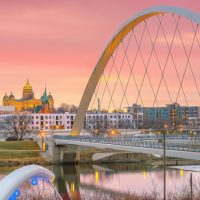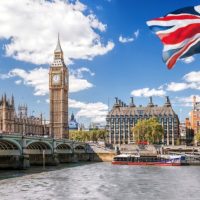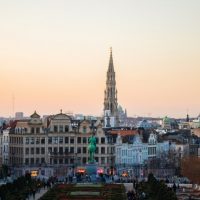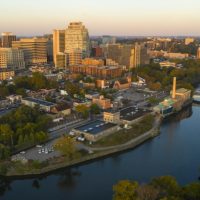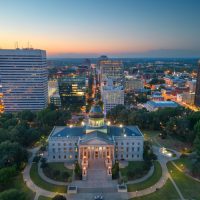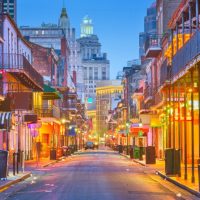Generally speaking, Belgium is not a cheap place to live.
It has two areas (Flanders and Wallonia) with two different languages (French and Dutch), which makes a difference to some people when determining where they prefer to live.
Belgium is a small, historically significant country that is now home to the European Parliament of the EU as well as NATO, which makes it desirable as a place to call home.
The standard of living is high, crime is low, the people are friendly, and they produce the best beer and chocolate in the world.
Cheapest Places to Live in Belgium
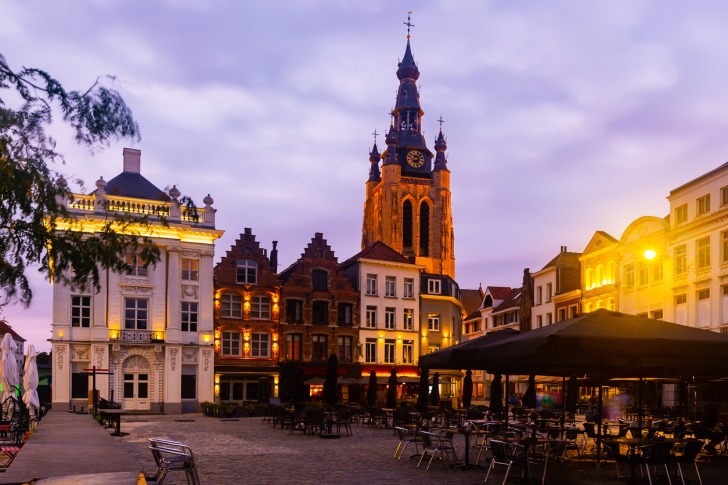
1. Kortrijk/Courtrai
Kortrijk is the largest city in southern West Flanders with a population of about 75,000.
This beautiful historical city has an attractive castle, magnificent churches, and a stunning bridge with two medieval towers.
It is famous for the Battle of the Golden Spurs which took place in 1302.
Kortrijk has great transportation links, schools, and health facilities, warm summers and cool winters.
The language is Dutch but French and English are pretty universally spoken.
Since 2008, The Alcatraz Festival has rocked Kortrijk every August.
Carbonade Flamande, a local beef and beer stew, is traditional in this region of Flanders.
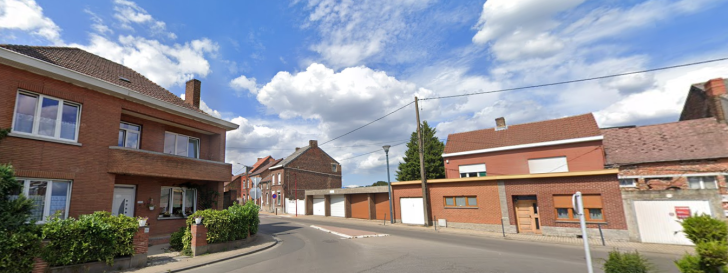
2. Colfontaine
Located in the Hainaut region, Colfontaine is one of the cheapest places to live.
A small municipality with a population of about 20,000 people, some of the lowest-priced homes in Belgium can be purchased in this area of Wallonia in the suburbs of Mons.
Vincent van Gogh spent the years 1878-1880 here and his home can be visited.
The Centre Culturel de Colfontaine offers theater, music, and art for all ages.
French is the language spoken in this area.
A local specialty is côte de porc al’berdouille, a pork chop that is served with a mustard sauce.
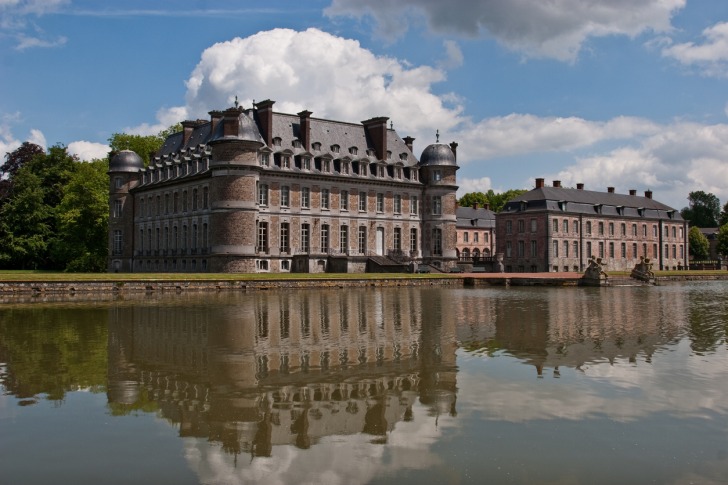
3. Beloeil
Home to Beloeil Castle and the castle gardens, known as the Belgian Versailles, the city is in French-speaking Wallonia about 46 miles southwest of Brussels.
The castle has been in the possession of the Prince of Ligne since 1394.
Beloeil has a weekly market on Wednesday from 8 am to noon.
It is a good place to mingle, get the latest gossip, and purchase fresh local produce, cheese, bakery, and more.
Jaquay Cange is an award-winning artisan cheesemonger who ripens cheeses in his special cellars and offers unique combinations to temp every pallet.
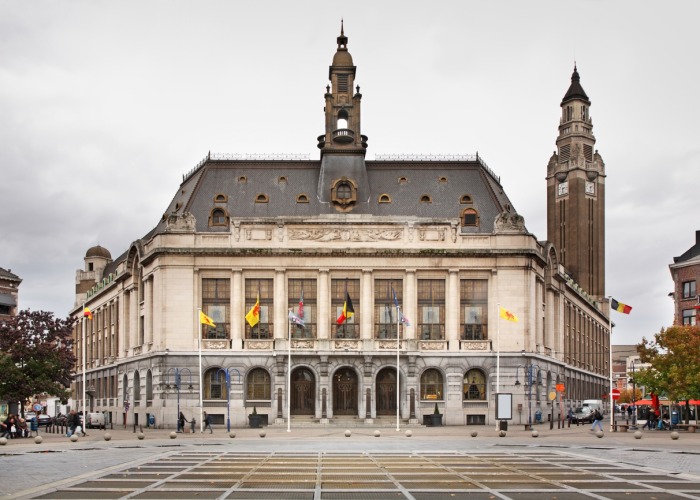
4. Charleroi
Located 31 miles to the south of Brussels, Charleroi is a large French-speaking city with a strong industrial base in the glass and steel industries.
Great transportation links connect this city to the rest of Europe.
It is an interesting place to live with many diverse neighborhoods to choose from.
A vibrant arts and culture scene is also very attractive to those wanting to move to the area.
The Carnaval de Charleroi which takes place before Ash Wednesday every year, has been an excuse to wear costumes, parade, and party since the 19th century.
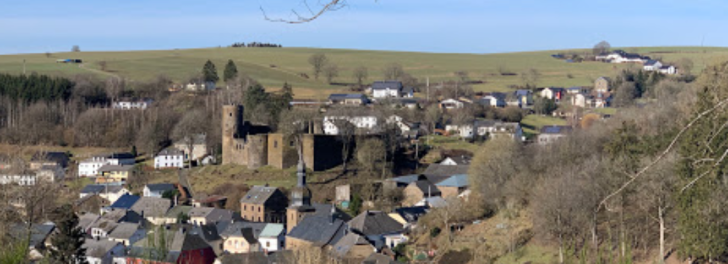
5. Burg Reuland
Where Germany, Luxembourg, and Belgium meet in the Ardennes, is Burg Reuland, a charming village surrounded by forest whose main attraction is the recently renovated 9th-century castle.
Residential housing is particularly inexpensive.in Burg Reuland where the population is about 3500.
For those who desire a quiet place to hike and enjoy the outdoors, the location is ideal being 111 miles southeast of Brussels and 61 miles from Liege.
Enjoy cross-country and downhill skiing, and tobogganing 11 miles away at Schwarzer Mann in Germany.
Mid-July brings the Medieval Festival for two days of excitement.

6. Leuven/Louvain
The largest city in Flemish Brabant, Leuven is known for the number of breweries it has as well as an extensive student population.
Home to one of Europe’s oldest universities, the Grote Market is an attractive area with a magnificent town hall and St Peter’s Church.
Brussels is less than 18 miles away with good transportation links.
Medical services are excellent and employment is available in the medical field, teaching, and at local breweries.
Markets are held on Thursday, Friday, and Saturday.
Late August brings the Innovations Beer Festival and a two-day opportunity to sample microbrewery beers.
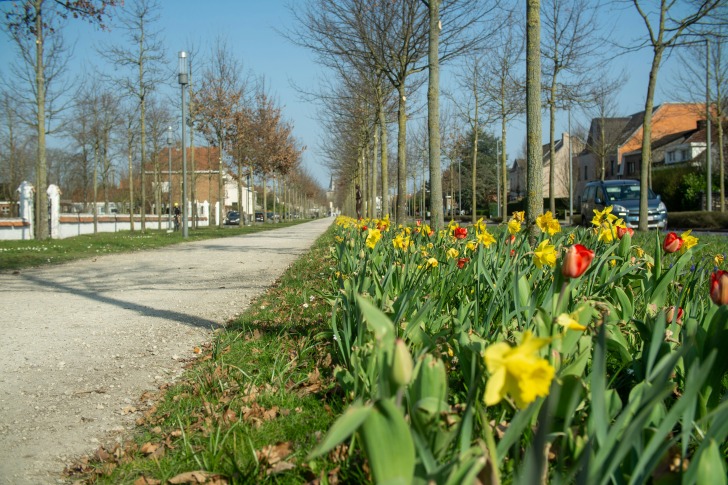
7. Laarne
Laarne is located nine miles from Ghent. It is easily accessible by train or by car.
The population is about 12,000 and the language is Dutch.
The Witch’s Path is a 12.5-mile-long path to walk or cycle that traces the history of the Laarne witches.
The trail begins at Laarne Castle an attractive 13th-century moated castle.
Laarne has several modern grocery stores and other places to shop.
Excellent hospitals are located nearby and public services and schools are good.
The Christmas Market down the road in Ghent should not be missed.
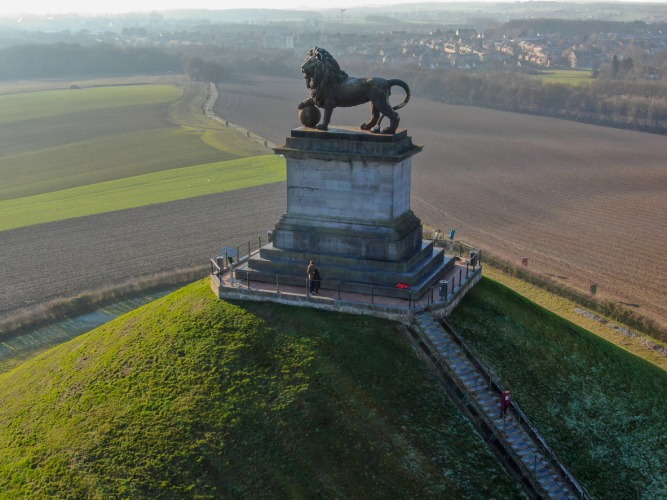
8. Waterloo
Waterloo will forever be known as the place where Napoleon met his final defeat, but it is so much more than that.
Located 10.5 miles to the south of Brussels, Waterloo has excellent transport links to Brussels and other cities in Belgium.
The language spoken is French and the population is 20% expats.
Waterloo is a leafy suburb of about 20,000 with exceptional services, including healthcare and schools.
Have a lunch of mussels and fries, and you are eating like a Belgian.
Waterloo Day is celebrated on June 18th when the battle is reenacted.
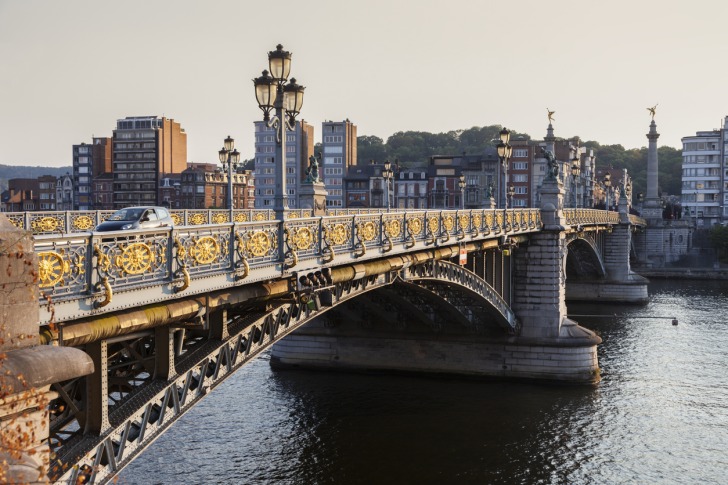
9. Liege
Apartment rentals are what make Liege an attractive place to choose to live.
They are substantially lower than other cities of this size (nearly 700,000).
Located 59 miles to the southeast of Brussels, it is about an hour by train.
It is also about an hour’s train ride from Aachen, Germany.
Liege has many job opportunities and a thriving business community.
The Christmas Village in Liege is advertised as the oldest in Belgium and is a must-visit.
La Batte Market takes place on Sundays and is one of the largest and oldest in the country.
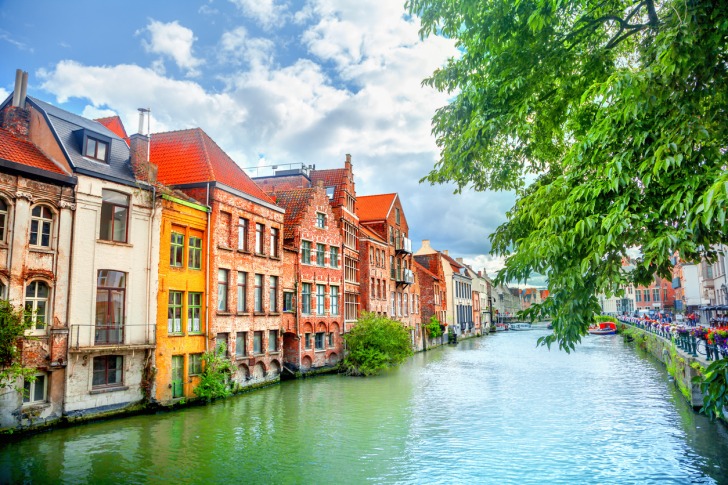
10. Ghent/Gent
Ghent is not a cheap place to live, but it is popular so finding the cheapest place to live in an expensive place becomes a necessity.
The neighborhood of Dampoort has a rail station, making getting into the center or to Brussels easy.
Almost half of the population in this neighborhood is foreign-born, so finding English speakers should not be an issue.
Ghent is a modern city with the latest services.
Ghent has a fabulous Christmas Market and people come from all over to attend.
Think warm sticky Belgian waffles smell wafting in the winter air, it’s magical.
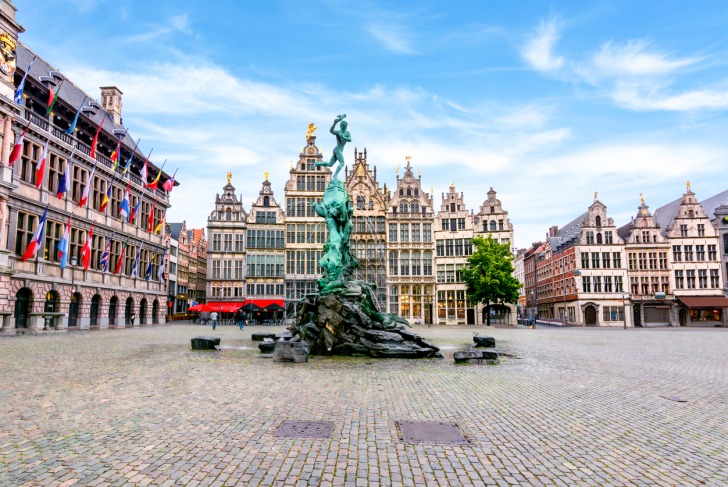
11. Antwerp
For art lovers, Antwerp is an exceptionally exciting place to live.
Compared to many European cities, it is affordable but not exactly cheap.
Still, by moving outside the city center, affordability rises exponentially.
The weather can be quite variable and the winters are cold, but the warmth of the people is the attraction.
Transportation, healthcare, and education are all very fine, and it is a safe city to live in.
Reubens is a native son and plenty of his work is on display.
The Christmas Market is a month-long celebration of food, drink and crafts.
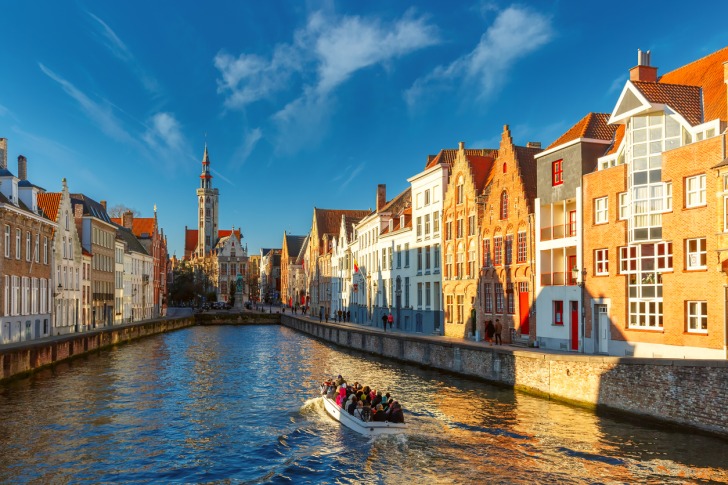
12. Brugge
Brugge is without doubt the most romantic city in Belgium, maybe the world.
Some of the finest chocolate and lace shops can be found in Brugge.
Living in the center is not an affordable option, but several family and retiree-friendly suburbs keep you close to the action with good bus service.
Look to make your home in Sint Pieter’s, Sint Michael’s, or Sint Krius.
Brugge has a market just about any day of the week.
The Annual Brugge Beer Festival attracts enthusiasts from around the world in September.
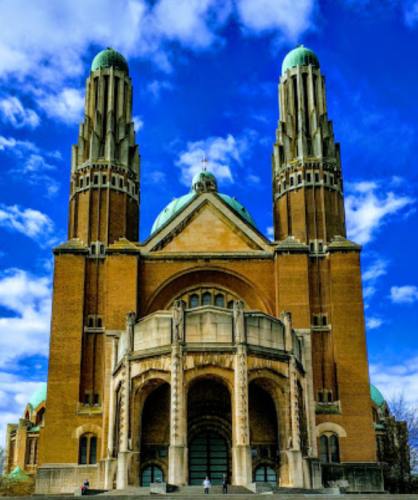
13. Koekelberg
One of the 19 municipalities of Brussels, Koekelberg northwest of the center is one of the smallest.
It is dominated by the National Basilica of the Sacred Heart, the largest Art Deco building in the world, and St. Elizabeth‘s Park.
It has been named one of the five most affordable places to live in Brussels.
The population is a nice mixture of locals and expats.
It is not a hot spot.
More of a family atmosphere prevails.
It is easily accessible to the center by public transportation.
For nearly perfect coffee, chocolate, and ice cream treats there is Frederic Blondeel.
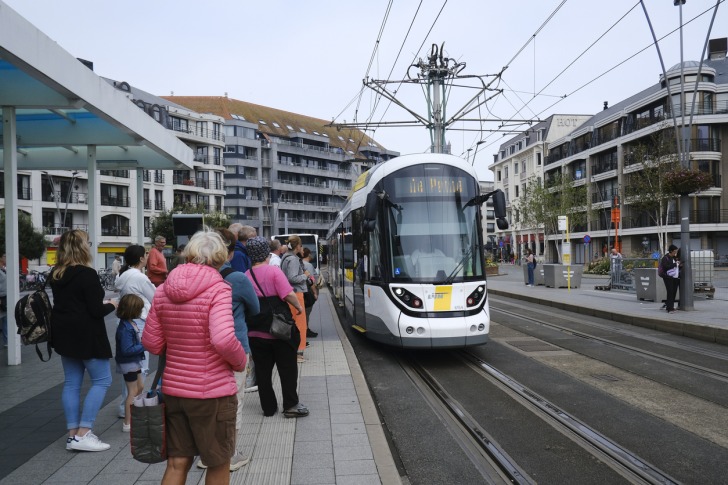
14. Blankenberge
For those who must be near the sea, there is Blankenberge.
A combination of Art Noveau and Flemish Renaissance architecture delights the eye.
Three miles of beach offer endless entertainment in the summer and a peaceful place to enjoy during the off-season.
The pier and the promenade are big attractions.
A year-round market takes place on Fridays and also on Mondays from April to September.
Transportation to Brussels by train is just about an hour.
From December into the first week of January, King Leopold III Square becomes a Winter Village with indoor ice skating.
Belgium Safety Overview
READ THE FULL REPORT: Belgium Safety Review
Safety Index: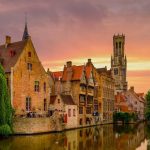
- OVERALL RISK: MEDIUM
- TRANSPORT & TAXIS RISK: MEDIUM
- PICKPOCKETS RISK: HIGH
- NATURAL DISASTERS RISK: LOW
- MUGGING RISK: MEDIUM
- TERRORISM RISK: HIGH
- SCAMS RISK: MEDIUM
- WOMEN TRAVELERS RISK: LOW
Frequently Asked Questions
Is Belgium an affordable place to live?
Like most countries, Belgium has some places that are more affordable than others, but generally speaking, costs are low when compared to places like New York.
Housing is the most costly part of affordability and the closer you are to Brussels, the more expensive it is in general.
Flanders is more expensive than Wallonia.
Do you need to speak French or Dutch to live in Belgium?
No, most Belgians also speak English, but there will be places and occasions when a basic knowledge of either Dutch or French will come in handy.
Why is Belgium a good place to live?
Belgium has excellent services, transportation links, healthcare, and education.
It is a historic country with lots of culture.
High-speed internet is readily available for work and it is a relatively safe place.

